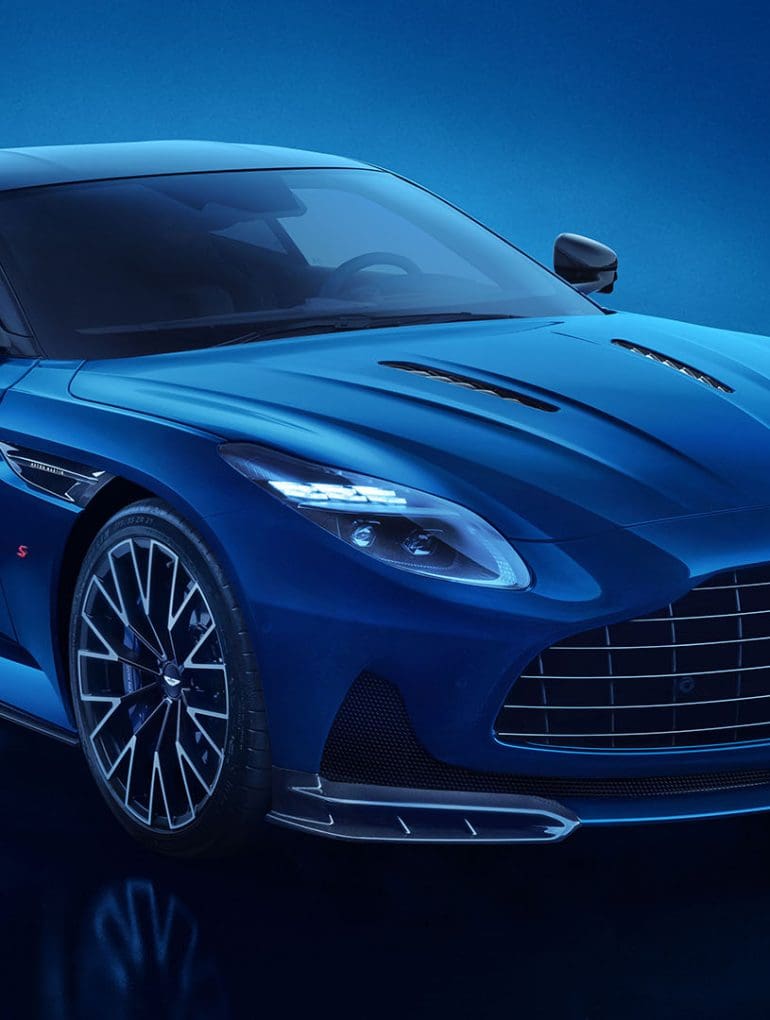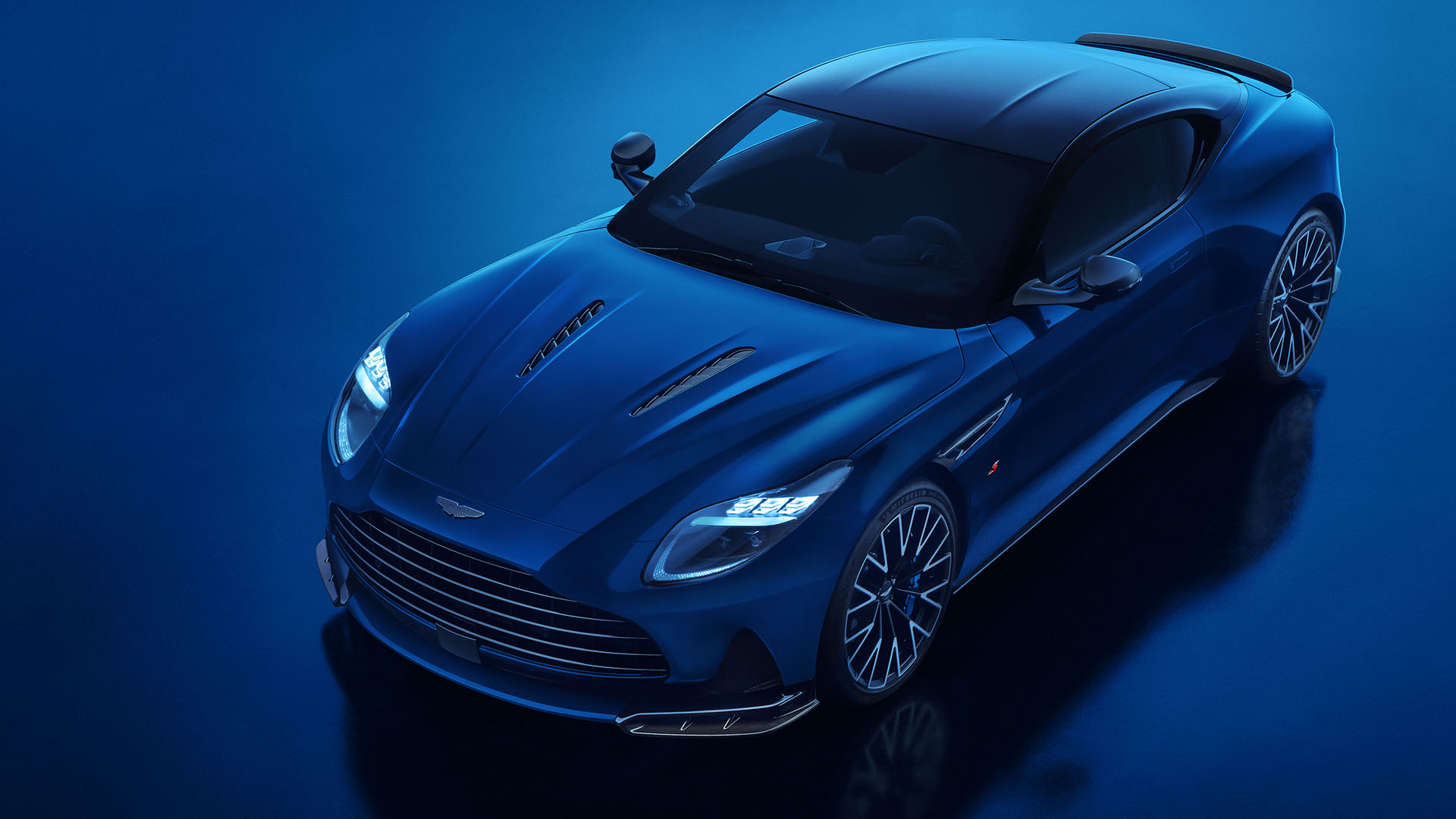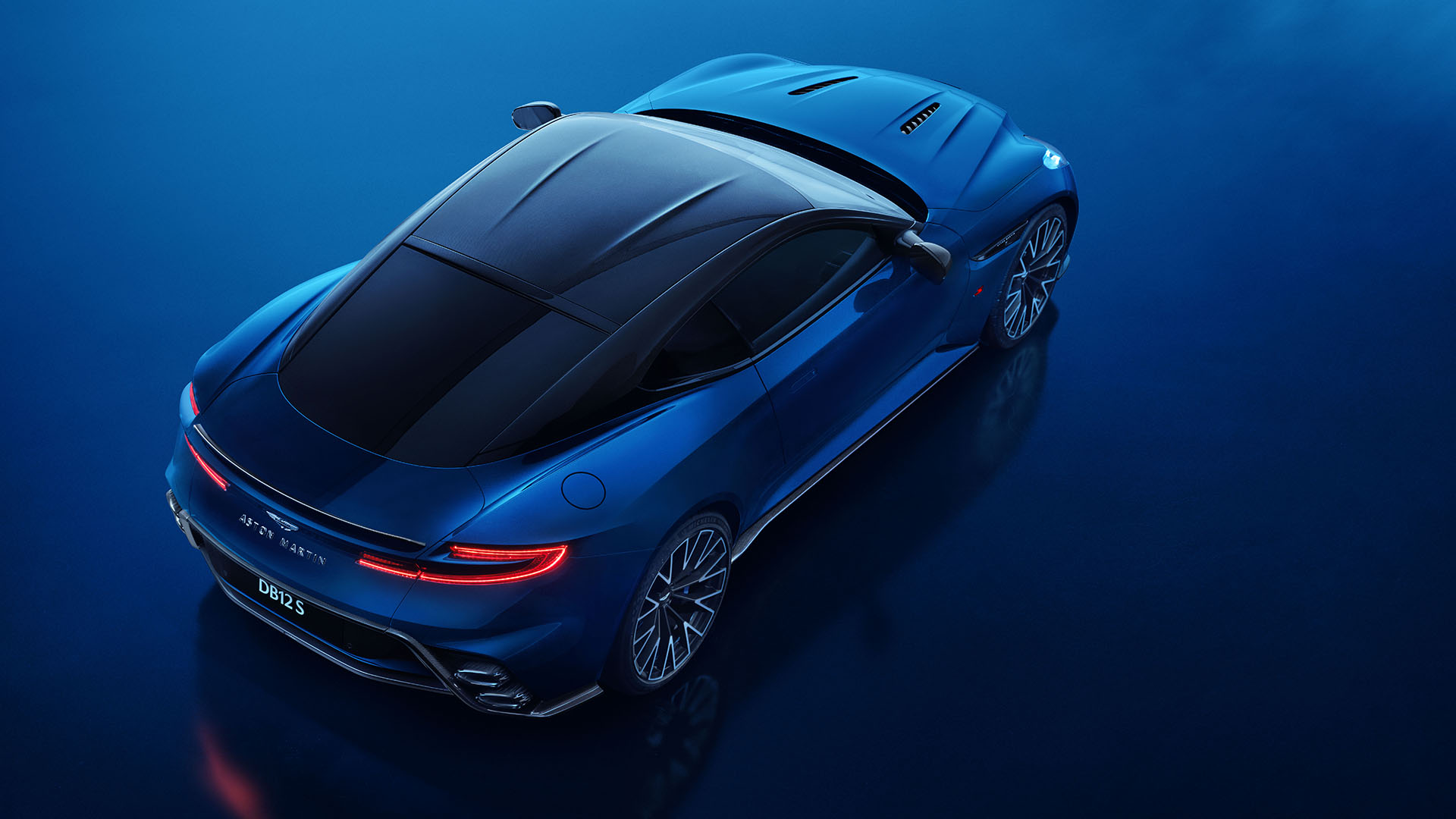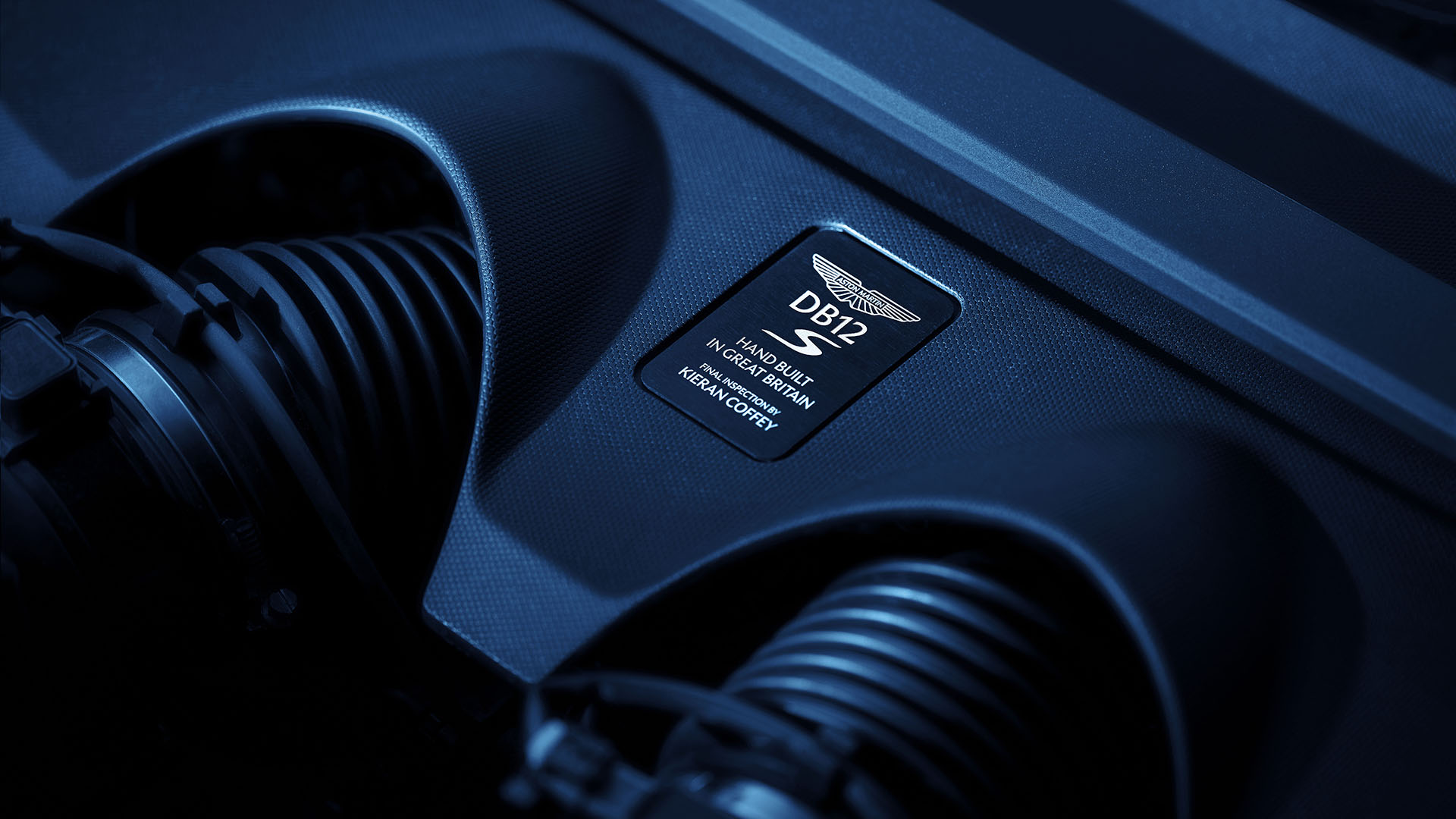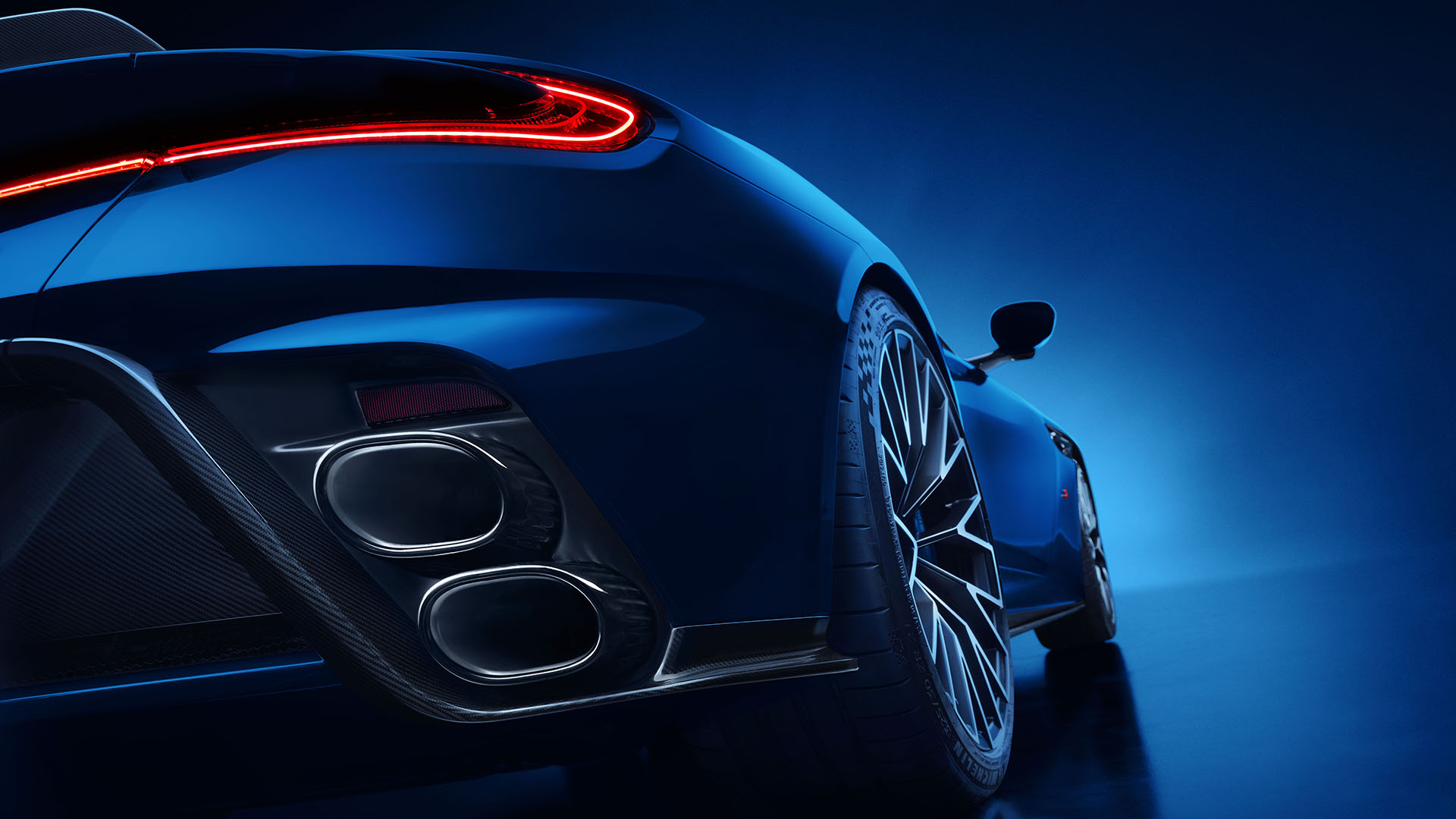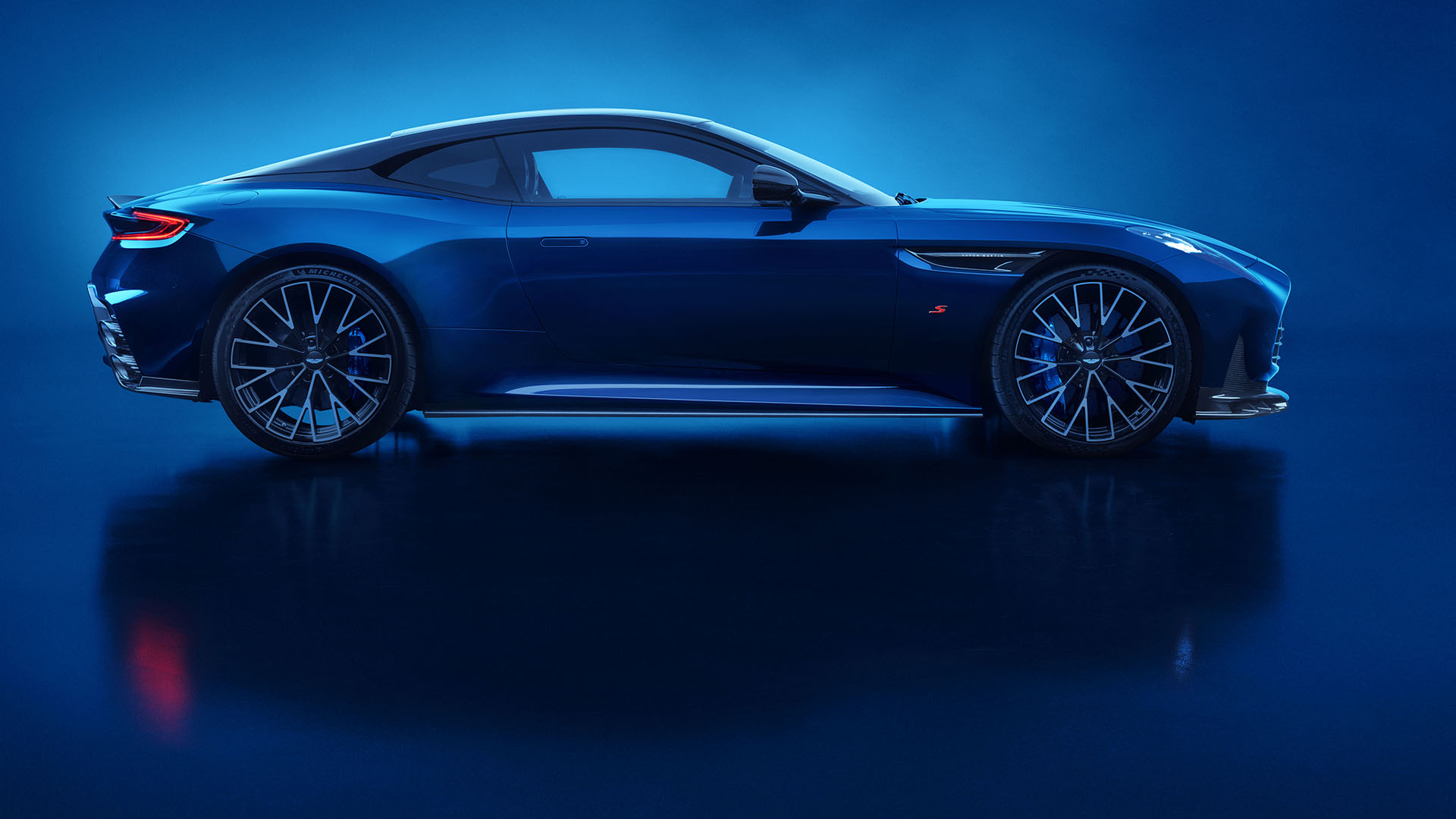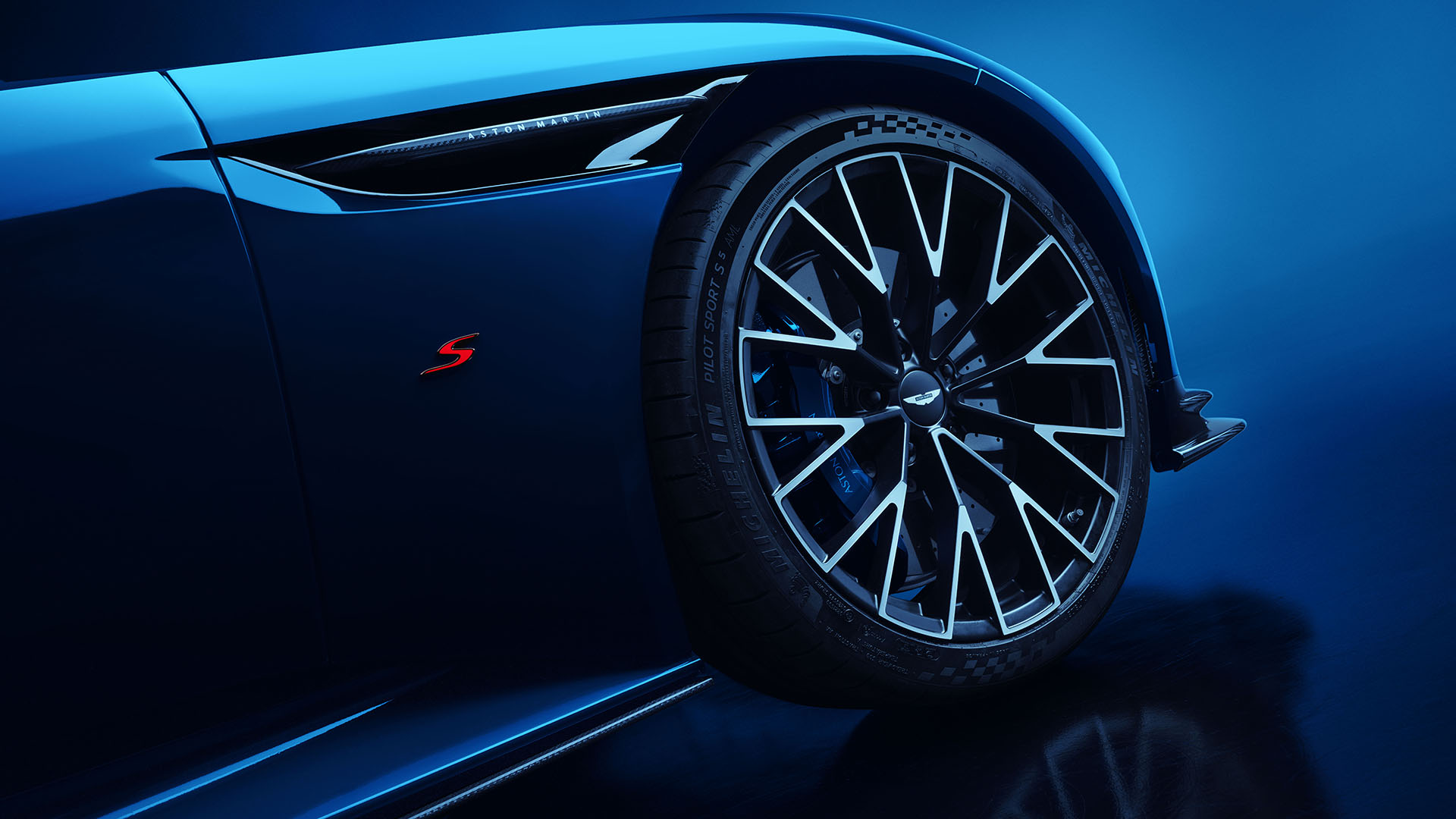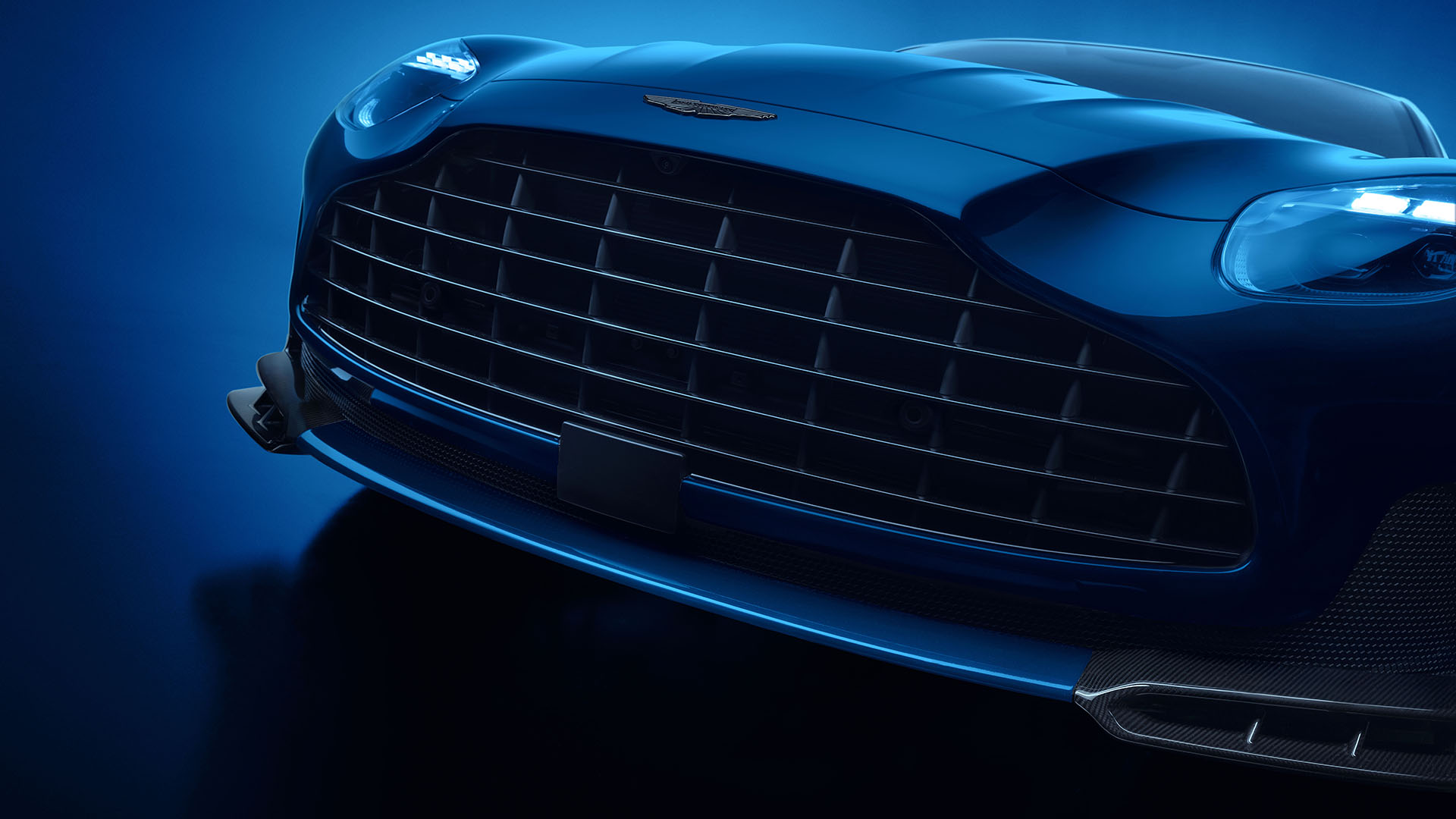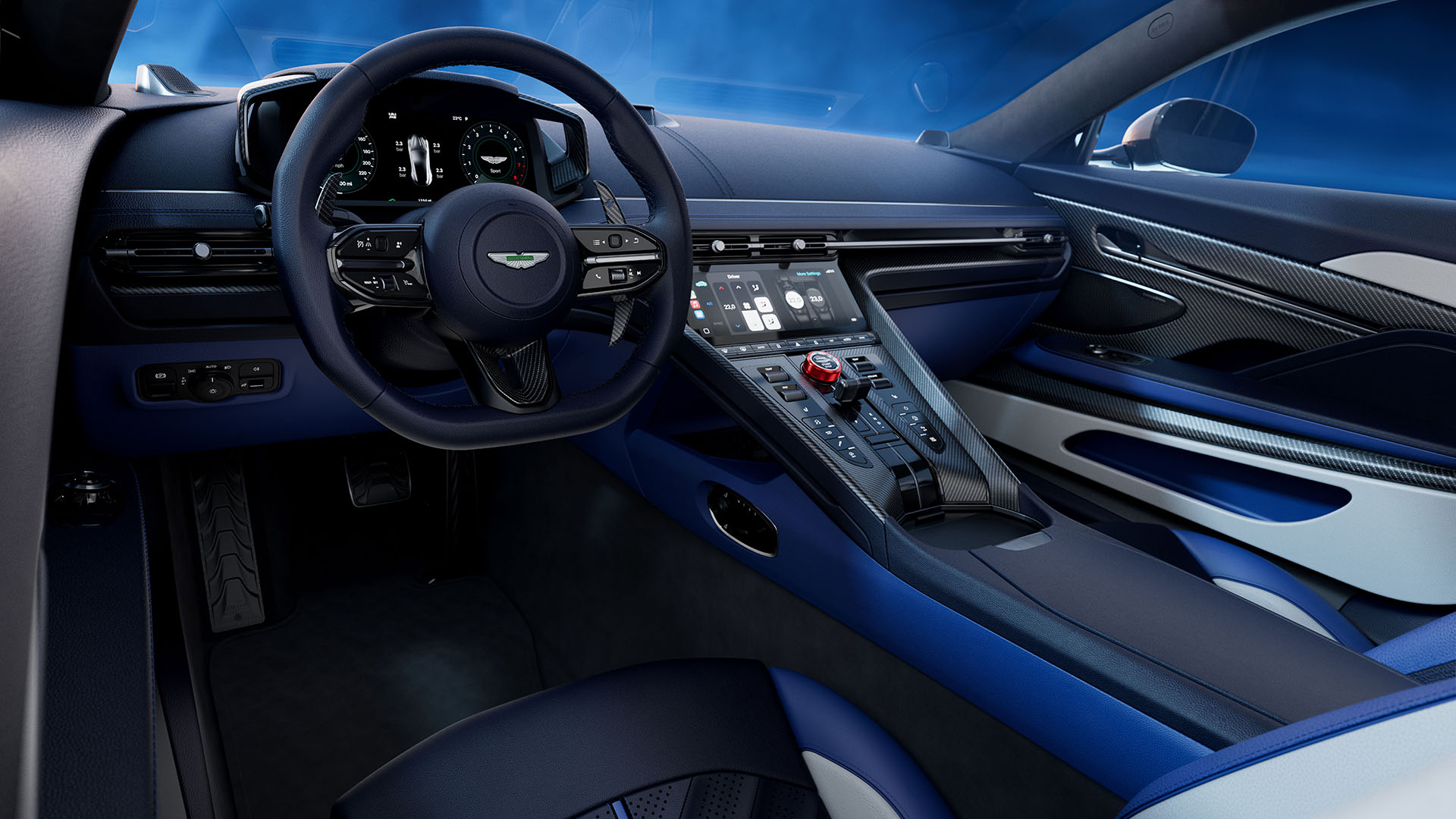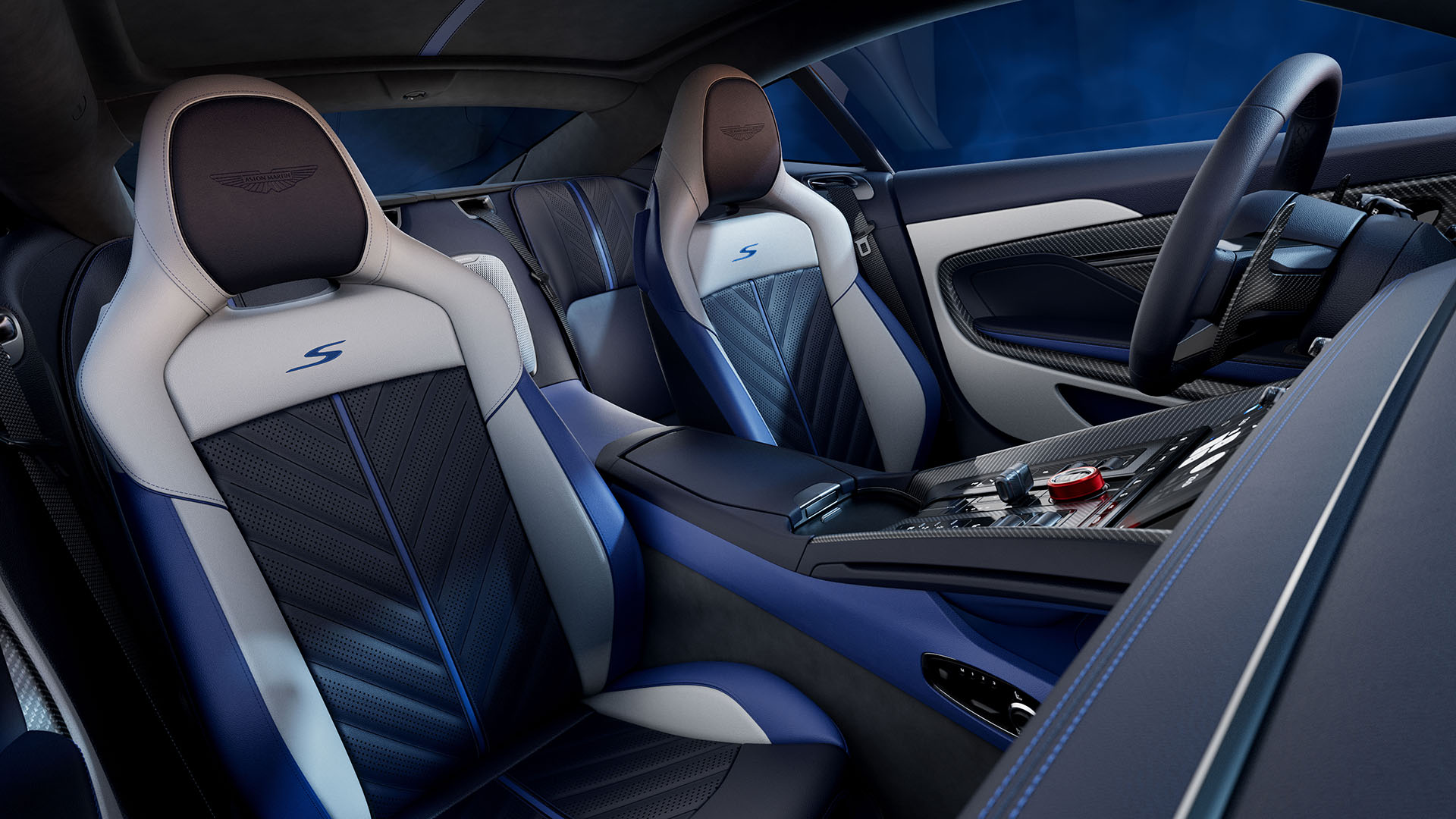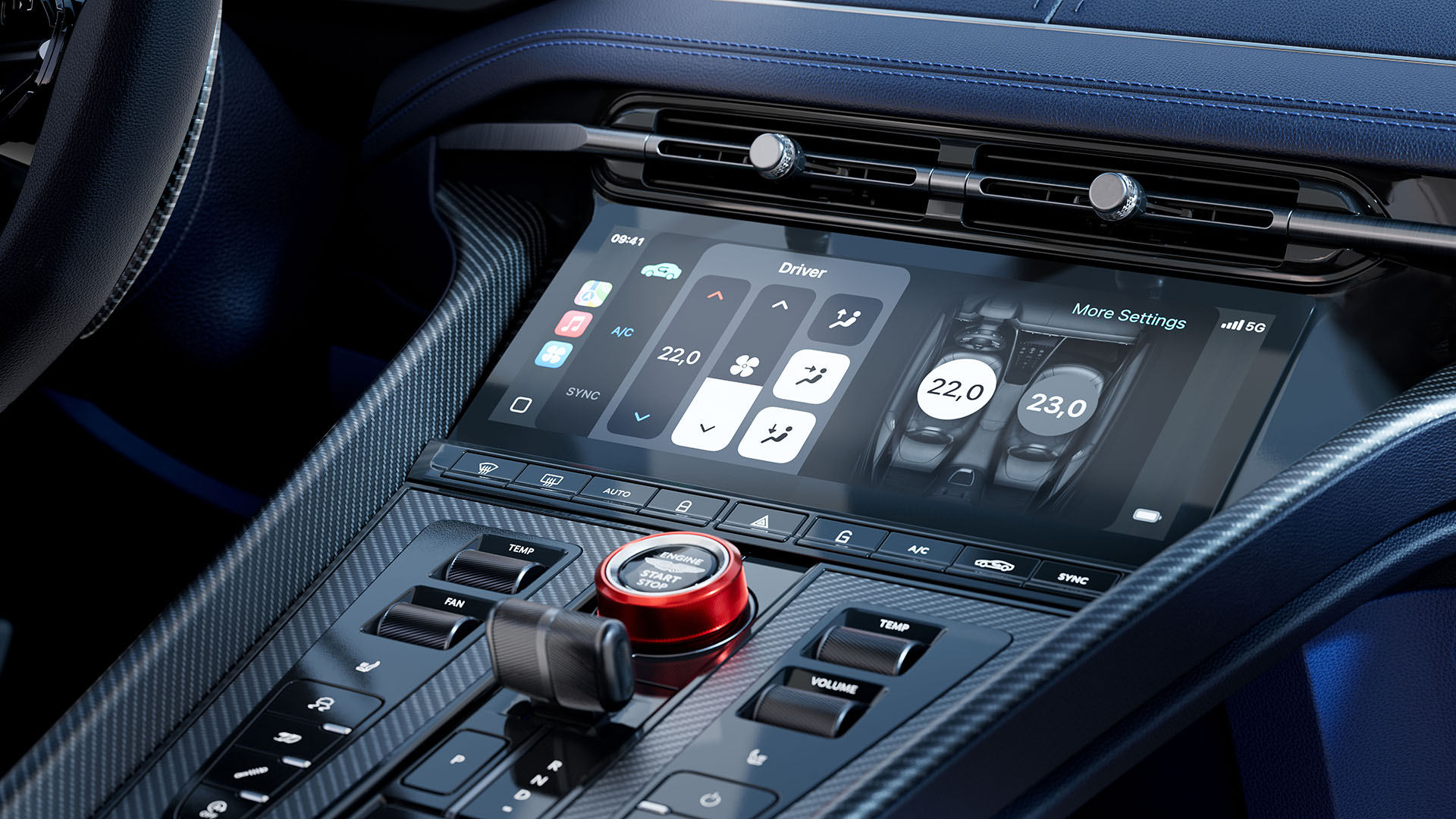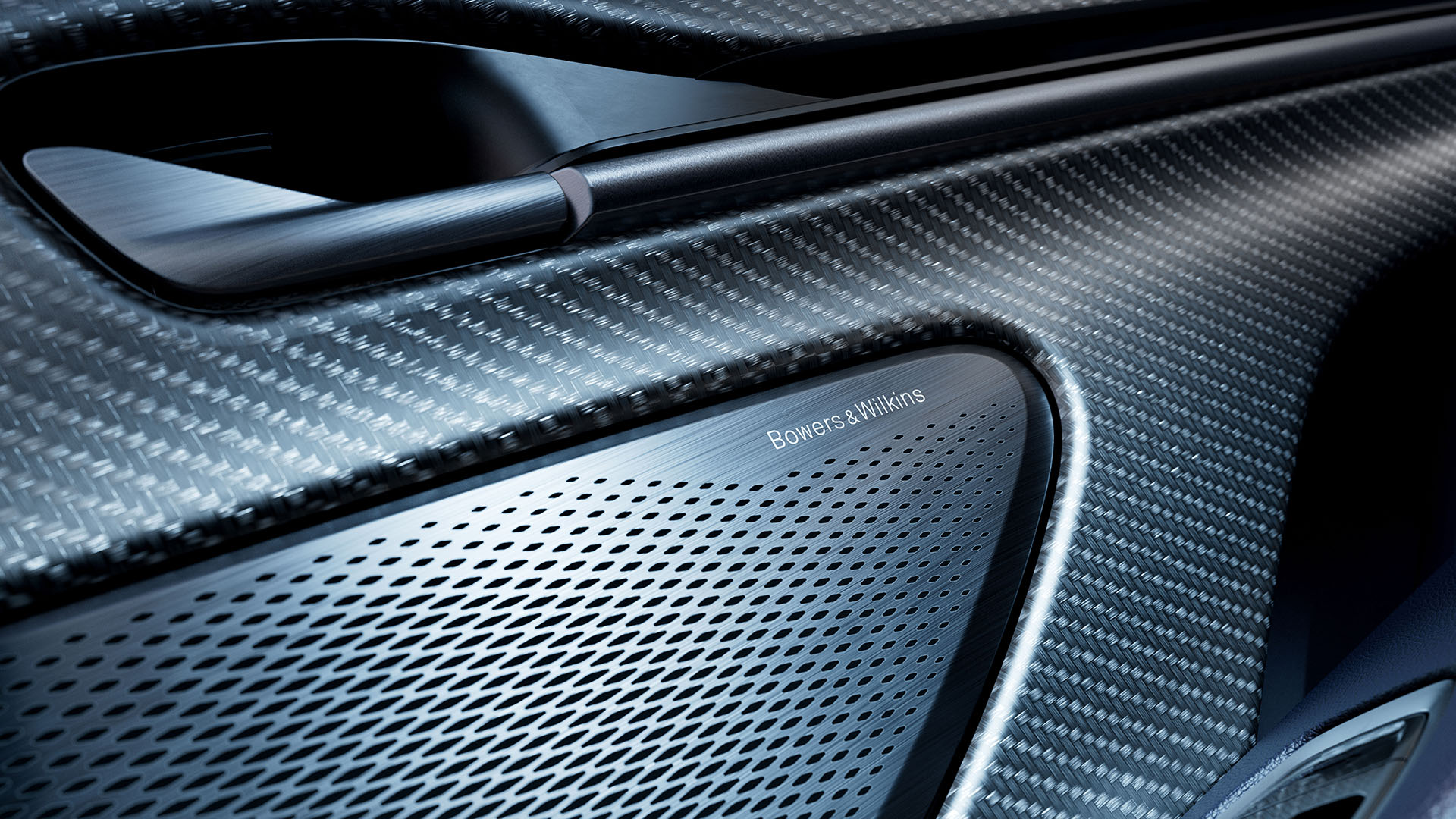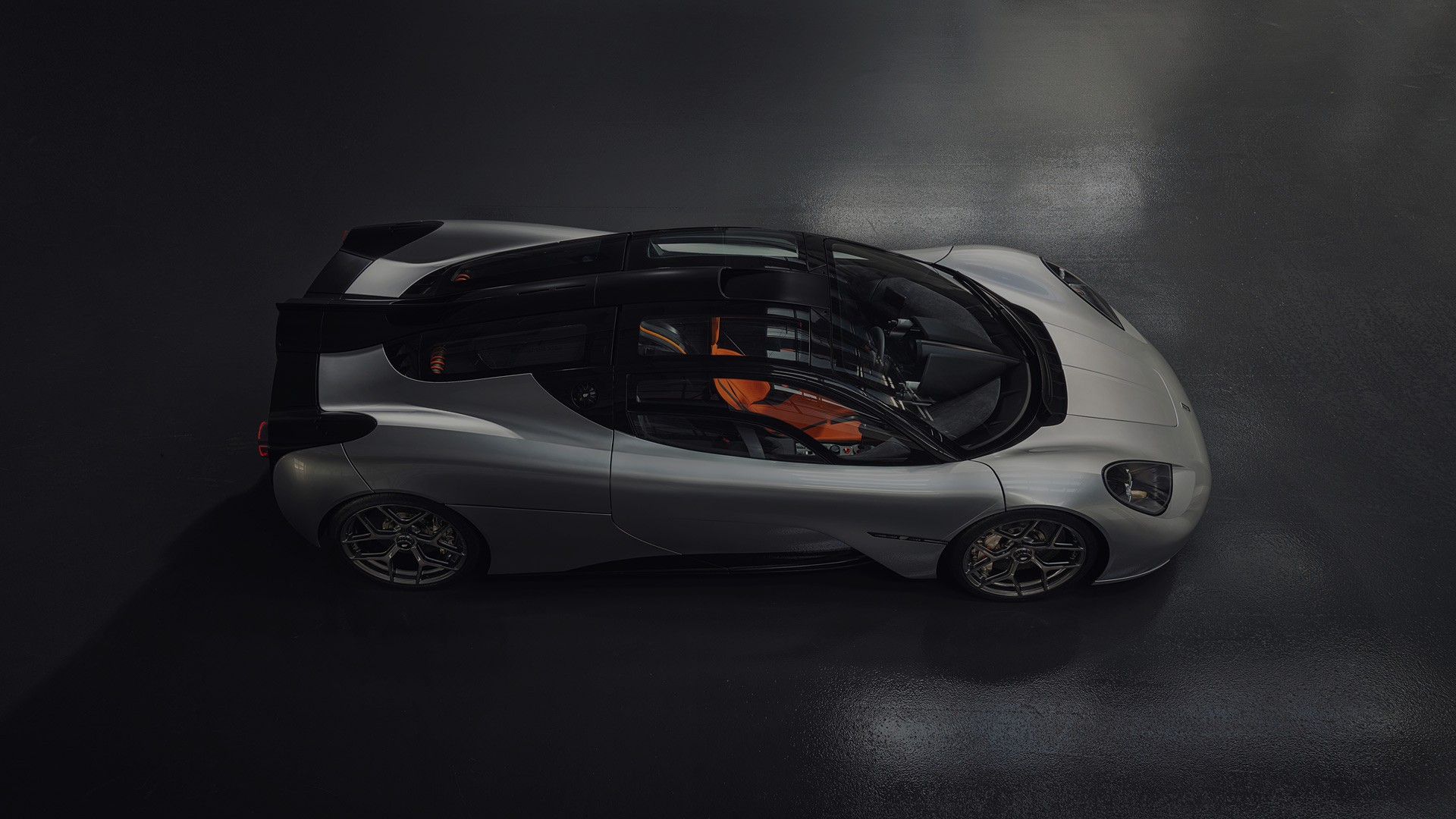Aston Martin has revealed its latest flagship, the DB12 S, a more powerful, more focused evolution of its acclaimed DB12 Super Tourer. Building on the foundations of what the brand calls the “world’s first Super Tourer,” the DB12 S turns up the intensity with extra power, sharper dynamics, and bolder styling — setting a new performance benchmark for the marque.
Joining the DBX707 S and Vantage S, the new DB12 S continues Aston Martin’s proud tradition of adding the ‘S’ suffix to its most extreme performance derivatives. This storied lineage traces back to the DB3S of 1953 and has adorned icons such as the Vanquish S, Vantage S, and Rapide S.
At its core lies an uprated version of Aston Martin’s 4.0-liter twin-turbocharged V8, now producing 700PS (690bhp) at 6000rpm and 800Nm of torque between 3000–6000rpm — a 20PS increase over the standard DB12. Top speed climbs to 202mph, while 0–60mph now takes just 3.4 seconds, aided by recalibrated launch control and gearshifts that are 50% quicker.
To match its heightened performance, the DB12 S introduces a quad-tailpipe stainless-steel sports exhaust, tuned for richer tone and greater character. For the true purist, a titanium exhaust option shaves 11.7kg from the system and lifts the sound level by 1.5dB — a small number that makes a big difference to the ears.
Aston Martin’s engineers have reworked the chassis to deliver sharper responses and greater composure. Revised Bilstein DTX dampers, a stiffer rear anti-roll bar, and refined geometry settings (camber, toe, caster) all contribute to a more agile, connected driving experience.
The steering and electronic rear differential (E-diff) have also been retuned for better feel and precision, allowing drivers to feed in throttle earlier through corners with total confidence. Adding to its arsenal are Carbon Ceramic Brakes (CCB) fitted as standard, saving 27kg of unsprung weight while providing exceptional fade resistance and consistency under repeated heavy braking.
The DB12 S also debuts Aston Martin’s latest Corner Braking Control (CBC) system. Working alongside the Integrated Brake Slip Control and Vehicle Control modules, CBC helps maintain stability and line precision while trail braking — whether on winding roads or high-speed circuits. It even provides torque vectoring across the rear axle for enhanced cornering balance.
Aston Martin’s Director of Vehicle Performance, Simon Newton, said: “With DB12 S, we have carefully engineered detailed changes that preserve refinement, boost performance, and amplify driver engagement. This elevates the Super Tourer ethos to a thrilling new level.”
Visually, the DB12 S commands attention with new aerodynamic elements — including a dual-element front splitter, bonnet louvers (available in gloss black or 2×2 twill carbon fiber), and a fixed rear spoiler. These not only enhance its assertive stance but also improve downforce and airflow management.
New gloss black side sills extend the splitter’s line, visually lowering the car’s profile, while signature ‘S’ badges — crafted by hand in bright or dark chrome and finished with red glass enamel — mark the DB12 S as something truly special. At the rear, a redesigned diffuser houses stacked quad exhausts, completing a look that is as functional as it is ferocious.
Inside, the DB12 S exudes performance luxury. Highlights include a red anodized drive mode selector, bespoke contrast stitching, and exclusive ‘S’ embroidery on the headrests. Three interior environments are available — Accelerate, Inspire S (semi-aniline + Alcantara), and Inspire S full semi-aniline leather — each offering distinctive materials and finishes.
Standard specification includes 16-way Sport Plus electric front seats, with a Carbon Fiber Performance Seat available as an option. The interior can also be personalized with an Alcantara heated steering wheel and the Aston Martin wings embossed and debossed into the headrests — a first in automotive craftsmanship.
The Aston Martin DB12 S is available to order now in both Coupe and Volante forms, with deliveries set to begin in Q1 2026.


